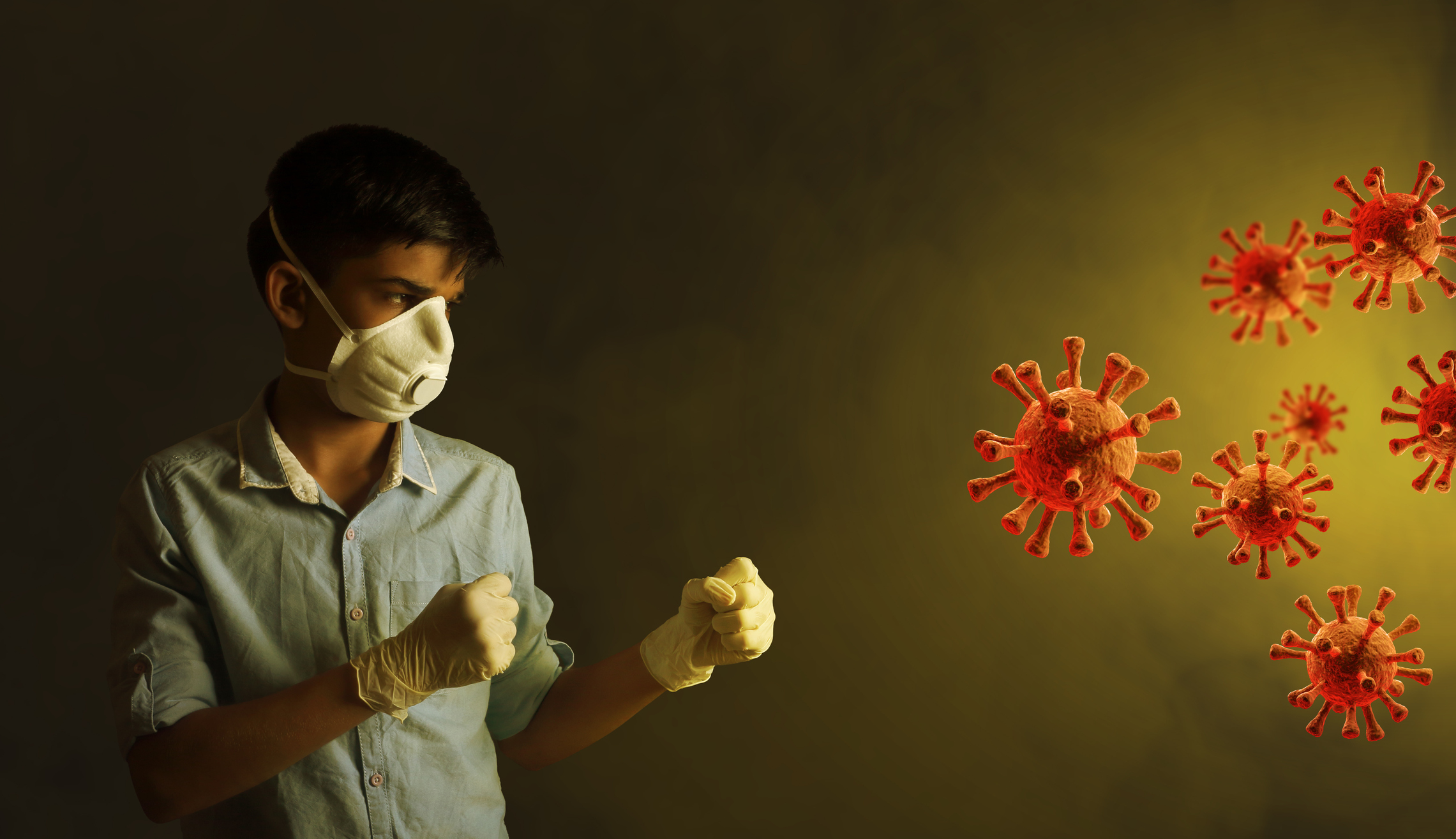
Karnataka braces for 3rd wave as COVID directs fury at children

Between May 13 and May 19, Bengaluru reported an average of 436 COVID cases in the age group of 0-9 years, with the highest caseload of 646 cases reported on May 15, as per the civic body Bruhat Bengaluru Mahanagara Palike’s data.
According to a report in The Times of India, 39,846 children below the age of nine and 1,05,044 aged 10-19 years have tested positive for the virus between March 18 and May 18 this year. The two-month period roughly corresponds with the start of the second wave of the pandemic and its peak.
How is the young population getting infected when schools are shut and states have clamped movement through lockdowns? Pediatricians and health experts say, in most cases, parents or family members were the primary carriers and because it was difficult for them to isolate themselves, the young ones also got infected.
Related news: Children too highly susceptible to COVID-19 in second wave
The cases are not restricted to Bengaluru alone. It has spread to other districts and rural areas. For instance, in Haveri, about 350 km from the state capital, about 300 children aged 0-15 years were affected with COVID-19 in the past two months.
District surgeon and pediatrician Dr PR Havanur said most of these children reported mild symptoms and the recovery rate was quick, as early as three to five days, far quicker compared to that in adults.
“Most of the children affected with COVID-19 in our district did not require hospitalisation and they only had mild symptoms like fever and cough. Unlike adults, who faced breathing issues, it was not the case with children,” Havanur said.
Haveri is one of the top five districts worst affected in the second wave with an overall case fatality rate of 4.09 (among all age groups) as compared to 1.35 in the state in the past week.
Another pediatrician, Dr Elizabeth John in Bengaluru said, even toddlers were susceptible to the virus and that she sees cases on a daily basis. John too said the cases were reported because the adults in the house were the primary carriers.
Though there is no study or evidence Dr John and Havanur believe that because children in the said age group receive other vaccines like BCG (Bacillus Calmette–Guérin) and seasonal flu vaccines, they may be in a better position to beat the virus.
With rising cases of COVID-19 pandemic even in countries with BCG vaccines, it was considered too early to draw any conclusion on these. The World Health Organisation in March declared that there is no evidence that BCG vaccine can protect against COVID-19 and they are still waiting for clinical trial outcomes.
With the second wave gripping the country with a rapid spike in cases, and half the children under five in India being malnourished, UNICEF had raised concerns that this pandemic could further impact child nutrition and delivery of health services.
“The latest surge is bringing dire consequences for children whose access to essential health, social, protection and education services is being constrained…They are missing out on lifesaving routine immunisations, critical care, and treatment for pneumonia and other diseases,” UNICEF had said.
Dr CN Manjunath, head of the COVID-19 expert committee and nodal officer for COVID testing in Karnataka, said as the second wave eases and more adults get vaccinated, those below 18 will become the vulnerable group who will remain affected in the third wave.
Karnataka has estimated that the state could witness the third wave by the end of September and early October. The government on May 18 said trials on Covaxin’s efficacy against coronavirus on children between 2-18 years will begin by June.
“Adults in the family should be more cautious and communicate the safety norms to children. They should use disinfectants to regularly clean mobile phones, computers and footwear among other things,” Manjunath said.
Related news: Second wave of COVID leaves a trail of death, hapless orphans
Anticipating the spike in cases among children in the third wave, Karnataka government has planned to set up paediatric COVID care centres in each district.
“The government will identify centres for the 0-6 and 7-18 age groups affected by COVID-19 in each of the districts,” the government said in a release. “While asymptomatic or mildly symptomatic children will be treated at ‘Fit Facilities’ attached to COVID care centres, serious cases will be treated at COVID-19 hospitals.”


